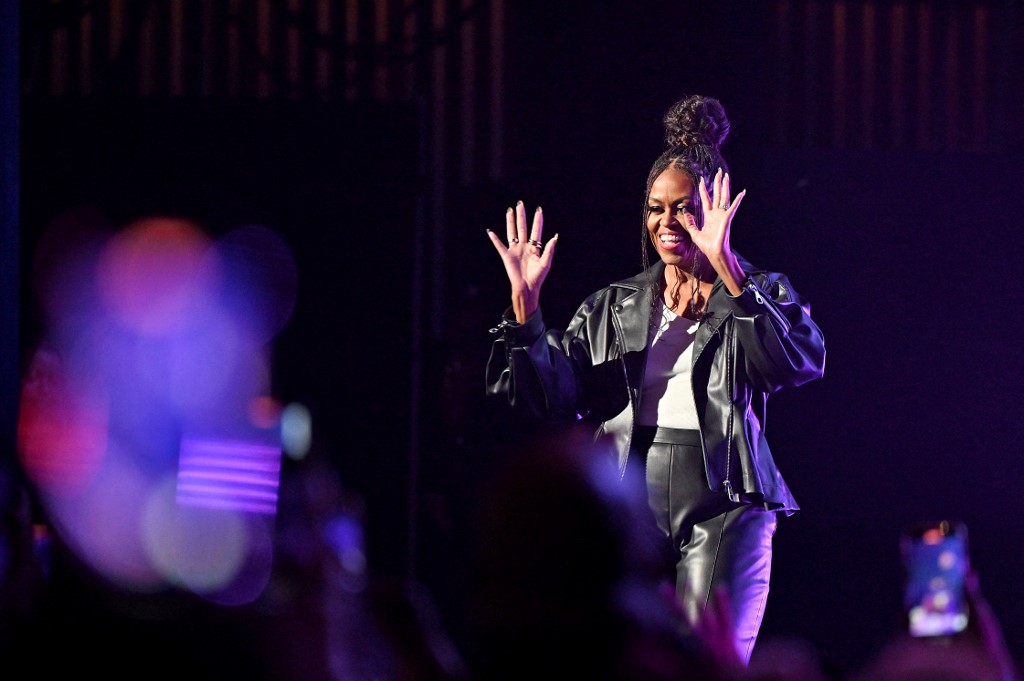
When you’re speaking to someone, people are seeing both your verbal and non-verbal communication.
Consider a job interview. When you confidently answer questions, use a clear tone, and make good eye contact, your potential employer can see that you’re self-assured and honest.
The words you choose also matter because they give life to the qualifications in your CV and how well you can fit into the company. It’s the whole package that helps you make a strong impression.
This ability to master both verbal and non-verbal communication skills has never been more important in today’s fast-paced world.
According to a study conducted by the National Soft Skills Association, 85% of overall job success is attributed to the presence of strong soft skills, which refer to our more “human” competencies, such as how creative, critical or effective we are in communicating.
The survey found that employers today consistently rank communication as one of the top qualities they seek when recruiting.
But while most of us think that’s limited to just how well we speak and write — even recruiters themselves are making judgments based on your body language and facial expressions.

Want to lead 1.4 billion people? Start by learning the art of verbal and non-verbal communication. Source: AFP
What is verbal and non-verbal communication?
Verbal communication is all about using words.
Specifically, using words to convey your thoughts, ideas, and feelings to others. Think of it as talking, whether in person or over the phone or through Zoom.
It’s how you share information, ask questions and have conversations. This can make a big difference in how well you’re understood and how effective your message is.
For non-verbal communication, no words are involved. Instead, it’s how you express yourself through the following:
- how your body moves
- your facial expressions (there are up to 250,000 recognised)
- your eye contact
- your gestures, like how you shake hands
- your tone of voice
Even if you don’t say a word, your non-verbal cues can send powerful messages. For example, if you smile and use a higher-pitched tone of voice, it shows you are excited about something.
But if you cross your arms and frown, it shows you are unhappy or don’t like something, even if you don’t say anything.
For all the focus on speech, it was through body language that the first humans conveyed emotions and feelings before we developed speech around two million and five hundred thousand years ago.
Today, our body language is still the main way people understand us — to the extent that half of our messages are conveyed through nonverbal cues and signals (sometimes, even without us realising this!).
In the 1950s, Albert Mehrabian, a pioneer researcher of body language found the total impact of a message is about:
- 7% verbal (words only)
- 38% vocal (including tone of voice, inflection, and other sounds)
- 55% non-verbal.

With great verbal and non-verbal communication skills, comes great power. Source: AFP
Why are verbal and non-verbal communication skills important?
At work and in life, having good verbal and non-verbal communication skills are important.
With many companies going remote or hybrid, it’s easy for things to get lost in translation. It’s also just as easy to fail to recognise if your colleagues are struggling when your only mode of meeting is Zoom or Teams.
When you get your message across, you get to complete tasks faster — making you a productive employee. When you can connect with others, you can bring people together — showing your potential to be a leader.
Any or both of these get you noticed by bosses, who are always promoting those who not only perform well but will look and sound good in the boardroom.
Good verbal and non-verbal communication skills can take your career far — you only need to see how natural Steve Jobs is as a public speaker when promoting the iPhone, making it the most popular smartphone in the world today.
Barack Obama practically won the US presidency — twice — by being a great orator.
Winston Churchill was famously said to have taken Britain to war against the Nazis on the back of one of the most rousing and iconic addresses of World War II.
The leader of the most populous nation in the world today, Narendra Modi, is also known to be an exceptional speaker for how he commands a crowd and using hand gestures to his advantage.
The good news is good verbal and non-verbal communication skills aren’t something you have to born with. Everyone can develop them.
10 best verbal and non-verbal communication skills for success
Verbal communication skills are essential for success in both academic and professional settings. Here are five verbal skills and why they are effective and useful:

Active listening is a soft skill that helps you to avoid conflict and misunderstandings. Source: AFP
1. Active listening
Active listening involves paying full attention to the person speaking, asking questions and showing empathy — then, and only then, you respond.
This skill is important because it helps you truly understand what your teachers, peers or colleagues are saying.
For example, in a classroom, when your lecturer or boss explains a complex math problem step by step, actively listening allows you to grasp the concept better.
This understanding not only helps you understand faster but also boosts your confidence in discussions and group projects.
2. Clear and concise thoughts
When you can explain your thoughts without unnecessary words or vague language, you make it easier for others to understand you.
Think about a group presentation. Your ability to convey your ideas clearly not only ensures your teammates comprehend your points but also makes the overall project more successful.
3. Effective questioning
Asking relevant questions is a skill that can take you far. It shows your engagement and curiosity.
For example, during a meeting, when you ask your colleague a specific question about a project, it not only clarifies doubts and deepens your understanding but also encourages your team to discuss and participate more.
4. Conflict resolution
Whether you have a disagreement with a colleague over a project or face issues with friends, the ability to use words and resolve conflicts peacefully is important.
By using your words effectively, you can maintain peace or find solutions. Fail to do this and you’ll inflame the situation — which can even lead to you getting fired or losing friends.

Confidence may help you speak with more clarity and authority which will help your audience to understand you better. Source: AFP
5. Confidence
Confidence comes from having substance. When preparing for a presentation, this might entail you reading up on all the materials so that you’re ready to answer any question that may arise.
When you’re ready, you won’t be timid. You’ll be sure of yourself and your audience can pick up on that.
Non-verbal communication skills:
Non-verbal communication is equally important as verbal communication. In fact, sometimes, it’s even more essential because it can reveal hidden emotions or feelings.
For instance, if you’re trying to comfort a friend who’s feeling sad, you might say, “I’m here for you,” but if you also give them a gentle hug, your friend will feel your support and love.
Here are five non-verbal skills and how they are effective in achieving success:
1. Body language
Your body language, including gestures, posture, and facial expressions, conveys a lot about your feelings and intentions.
Consider how actress Priyanka Chopra started her speech in the video below. She’s standing up straight, uses broad sweeps with her hands, and clapping — by doing these, she’s projecting how comfortable and confident she is.
Imagine if she’s slouching, stiff or clenching her fists, you won’t be as drawn to her and what she has to say.
2. Facial expressions
Smiling is a universal sign of friendliness and positivity. Again, in this video of Chopra, she smiles a lot.
She makes you feel welcome and part of her team. You want to listen to her more.
It’s said that there are around 250,000 facial expressions — if you can master them, you can be a great communicator.
3. Personal space management
No one likes being touched or getting their space invaded. This applies in social and especially in professional settings.
If you work with a team, respecting your colleague’s personal space and boundaries is essential.
It ensures a comfortable and cooperative environment, improving teamwork and project outcomes.
4. Eye contact
What your eyes look like can make a big difference. If you maintain eye contact, you show you’re paying attention and respect.
This way, you’re not only retaining information from the other person better but also fostering better relationships with them, potentially opening doors for extra help or networking opportunities.

Gestures add a layer of meaning and expression, showing your commitment to getting the message across and making it easier for your audience to follow along. Source: AFP
5. Gestures
Want to boost whatever you’re saying? Gestures can help.
By moving your hands, you can add emphasis and clarity to your message.
Suppose you’re explaining an idea to your teammates, by using hand gestures to demonstrate the steps and outcomes, you make the information more engaging and understandable.
Such gestures help your peers grasp the concept, making group discussions and collaborative projects more productive and successful.








